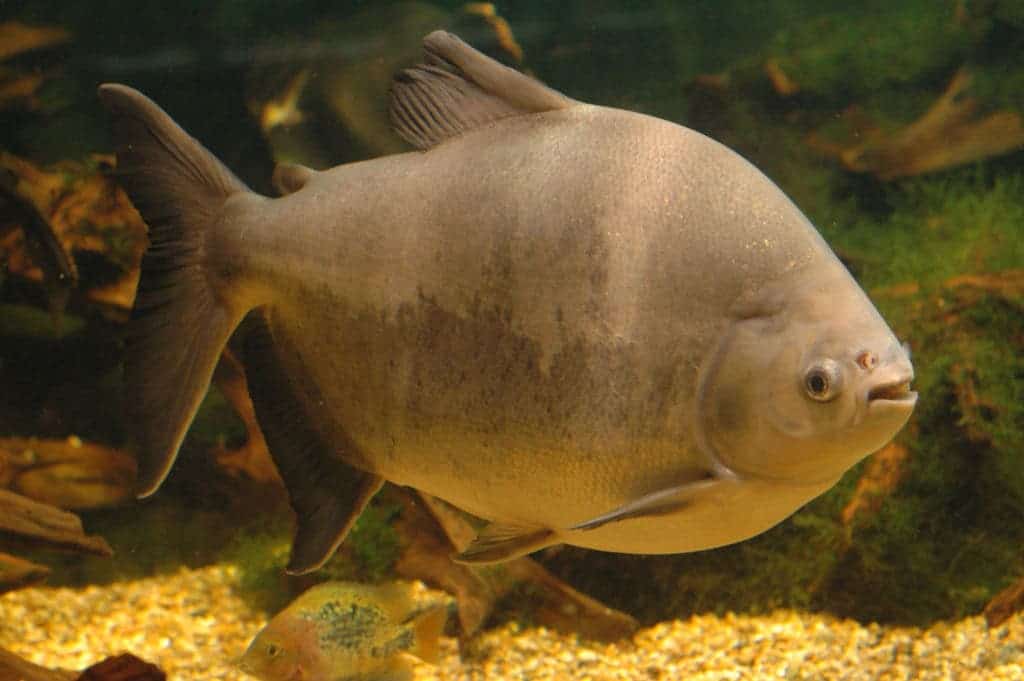New research suggests that the impact is so severe it can be felt over incredibly large distances.

Brazil’s Amazonian settlements are growing rapidly, and today some 18 million people are living in cities or towns in or close to the rainforest. People who, just like those in other areas of the globe, like to get their three meals a day.
Unlike other people of the globe, however, they live next to some of the most abundant bits of land in regards to biodiversity — and all those plants and critters can look mighty tasty. The toll this demand for food places on neighboring ecosystems remained largely unknown, but new research from the Lancaster University found that the consumption “shadow” of these cities can extend up to 1,000 km (621 miles) away.
“Much of this demand is being met by the expansion of farmed meat production but wild meat such as fish and forest wildlife is also an important food for hundreds of millions of tropical consumers, from the poorest and most vulnerable to wealthier urban residents,” said Dr Daniel Tregidgo, lead author of the paper.
“This research has revealed for the first time exactly how far the defaunation shadow of a metropolis extends into the ‘forested wilderness’.”
Casting a wide net
The team studied rural communities along the Purus River, one of the Amazon’s main tributaries, for over a year to gather evidence. They focused on a fish species called tambaqui (Colossoma macropomum), which is highly prized by Amazonian consumers as a food item. The team interviewed locals in and around the city of Manaus about their fishing activity, asking them in detail about their fishing methods, the subsequent catch, and how much effort they had to put into each trip in the three days prior to the interview. This stretch of river was chosen because it’s intensively fished but otherwise remains relatively untouched by human activity.
Their results revealed that tambaqui fish became much smaller and harder to catch nearer Manaus. Fisheries reported a 50% average reduction in body size and catch rates near the city compared to more remote stretches of the river. Fishers had to go as far as 1000 km from the city to find larger, easier to catch fish. The researchers linked this environmental shadow to city-based boats supplying rural fishers with a steady supply of ice and a sizeable demand for fish, both of which promote overfishing.
“Our research shows the impact of urban demand for a high-value species of river fish is felt much further away from cities than we imagined,” the team writes.
“This is significant because the tropics harbour two-thirds of the Earth’s biodiversity and are experiencing rapid human population increase, urbanization and economic change resulting in higher urban food demand.
The findings help us better understand the issue of defaunation, and give us a starting point to establish sustainable interaction models between human populations and neighboring flora and fauna.
The paper “Rainforest metropolis casts 1,000-km defaunation shadow” has been published in the journal PNAS.


